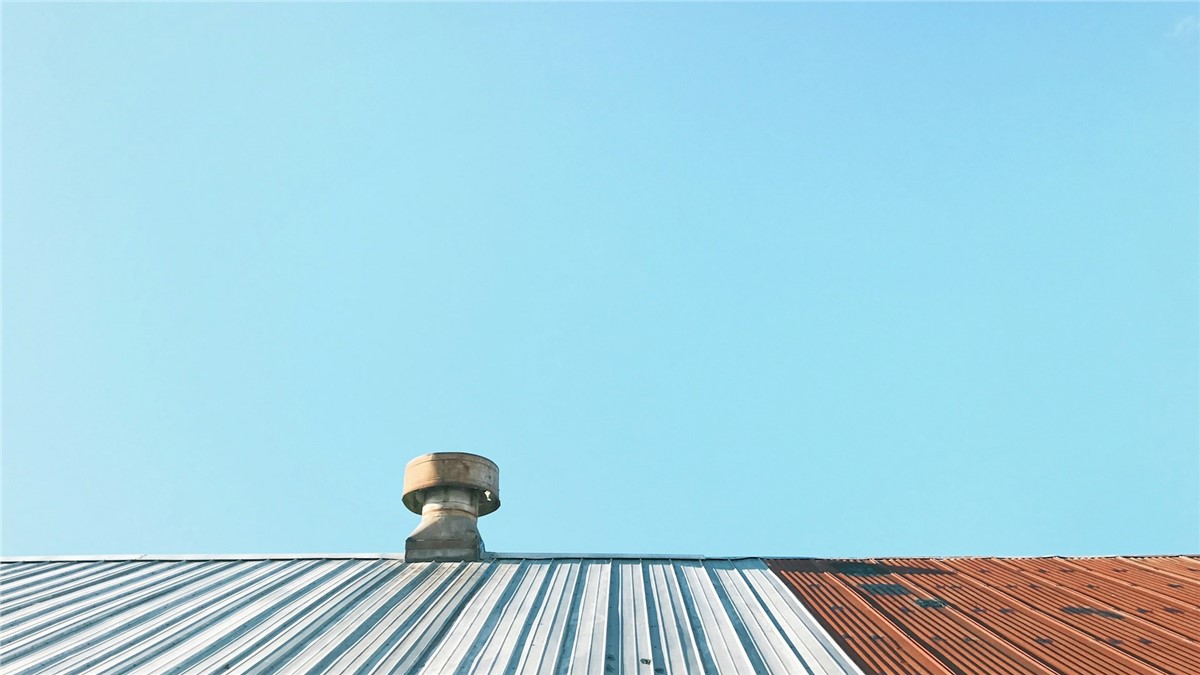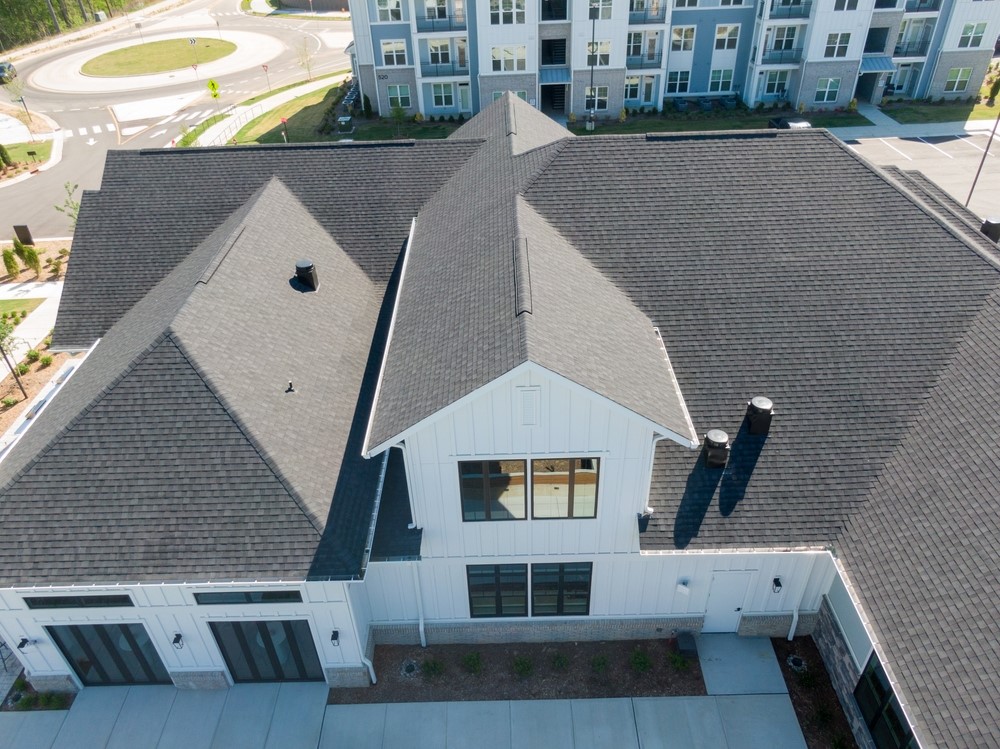5 DIY Roof Repair Tips
If your roof is in need of some repairs and you’re looking to save a little money, you may want to look into doing some of the work yourself. While not a replacement for a professional reroofing job, some small jobs can be undertaken by DIY homeowners who don’t mind heights.
Types of Roof Repair
There are several factors that go into roof repair. Before you take on a DIY roof repair job, keep in mind that not every problem is as straightforward as it seems. What may seem like a simple job of replacing a few shingles could be just patching and disguising a more invasive problem that needs professional help. If you aren’t sure that what you are tackling is the full extent of the problem, make sure you call for a free professional inspection and quote before you begin the DIY roof repair project.
Shingle Replacement
If you just have a few missing or damaged shingles, and the problem is localized to one area of the roof, it may be possible to just replace those few shingles. The key is to find new shingles that match the ones on your roof both in style and in color. Patches can be very obvious if they aren’t matched correctly, and this can detract from curb appeal, potentially losing the confidence of new buyers.
You’ll want to remove the old shingles completely and potentially the ones surrounding them if they’re also loose. Use a combination of adhesives made for those shingles and nails to secure them in place.
Partial Reroofing
A partial reroofing involves the removal of all the shingles on an area of the roof, and the replacement of new ones. Occasionally, it can also mean just layering on new shingles over the entire area. This makes patches less obvious if you were unable to get an exact match to what’s already on the roof.
Keep a few things in mind though:
You can only layer shingles once; if you already have two layers on there, you need to remove them both.
If you do remove two layers of shingles, or layer on top of a single layer, your new section may not join up with the other sections of the roof. This could cause a hump at the ridge cap, or some strange looking lines that can detract from the curb appeal. You could also find yourself attempting to match things up with extra layers at the top, and trying to even things out after the fact.
A partial reroofing is a good way to go, however, if you have a large section of shingles that are missing or damaged, but the rest of the roof is in good shape.
Total Reroofing
If the damage to your roof is widespread, or you have localized areas that need repair and the entire roof is reaching its age limit, it may be the right move to reroof the whole thing. This will involve potentially stripping off the old shingles before applying new ones.
The benefits of this are that newer shingles adhere better than older varieties, and by stripping off the old shingles, you can get better coverage. Keep in mind, that you can potentially save labor by layering one set of new shingles over the old ones provided that there is only one existing layer. If you’re already at two layers, be sure to take it all the way down to the roof deck.
Flashing
Sometimes what really needs to be repaired on the roof is not the shingles, but the flashing. Additionally, any time that you reroof or partially reroof you should also replace the flashing as well as a part of the DIY roof repair. The flashing is located around the chimneys, skylights, and other areas where there is a gap in the roof. Loose, damaged, or missing flashing could be responsible for leaks and other issues in the home.
Tips for Minor DIY Roof Repair
Major repairs and reroofing jobs should ideally be left to the professionals whenever possible. They can help ensure that the job gets done correctly, and in a timely manner.
Smaller DIY roof repair jobs, though, can usually be carried out by do-it-yourself homeowners without too much of a problem. Use some of these tips to make the job easier:
Wear rubber soled shoes to help get good traction when doing the diy roof repair.
Discard and replace any shingles that come completely loose or free from the roof.
Flatten out curling shingles and re-adhere their edges to the roof with some caulk or roofing adhesive.
Soften brittle curled shingles with a heat gun first to avoid breaking them.
Make sure the back edge of the new shingles slide under the row of shingles behind them, and the front edges line up with the shingles on either side.
Fasten the top of each new shingle with 6d galvanized roofing nails, and cover the tops of each nail head with roof cement. Spread the same cement beneath the rest of the shingle to help hold it in place.
Fill the joints around your flashing with roof cement to make sure that they are properly sealed.
Apply extra roof cement with a putty knife to any seam that appears to be cracked or worn.
Keep Your Roof in Good Repair
Remember to take care of problems as soon as you spot them, either by undertaking some DIY roof repair or by calling a professional. If the problem appears to be widespread, it probably means it’s time for a new roof, and your best bet is probably to call for a free quote and inspection first, rather than attempting to repair it yourself. Keep your roof in good repair and know that your home is well protected from the elements.
Subscribe to NV Roofing's Blog







